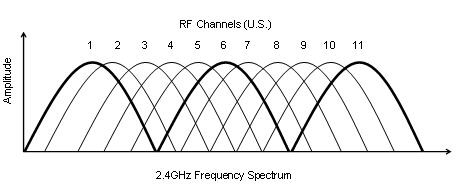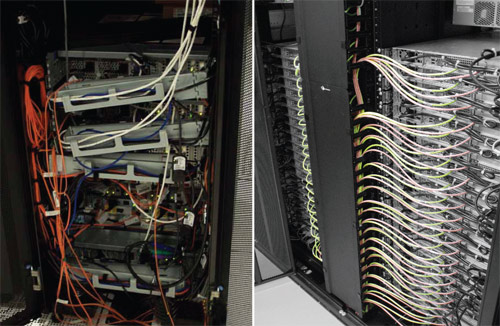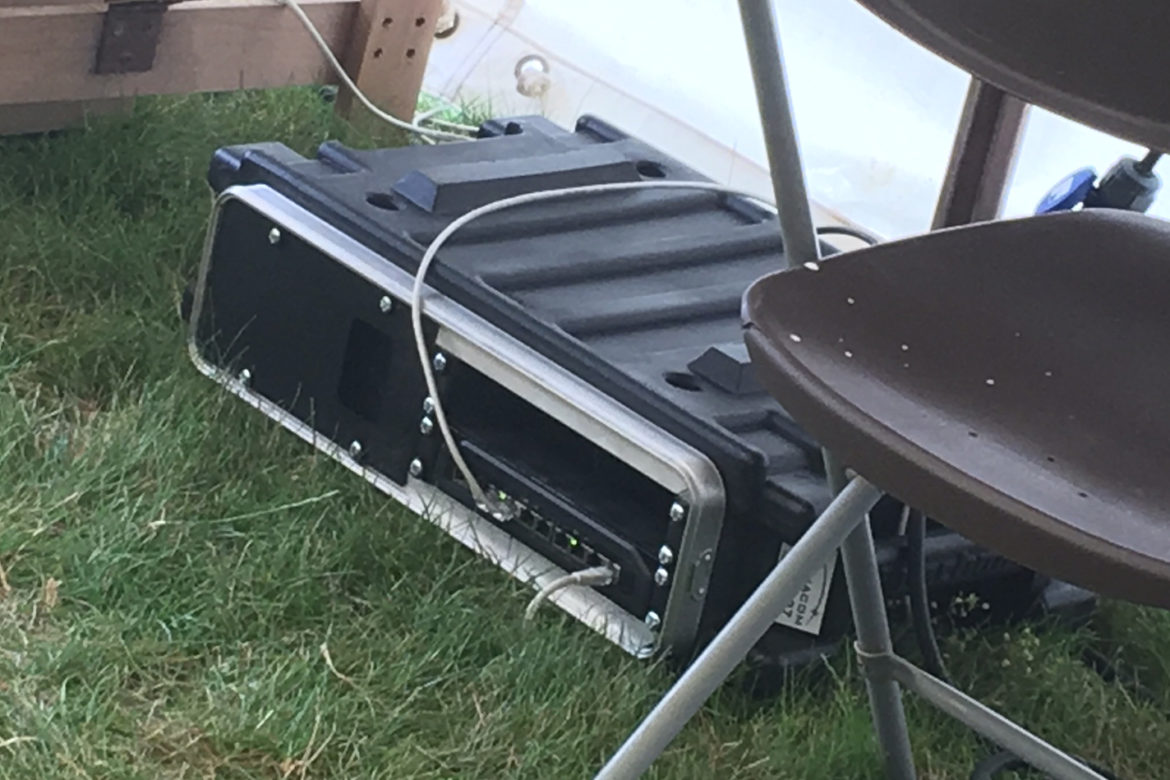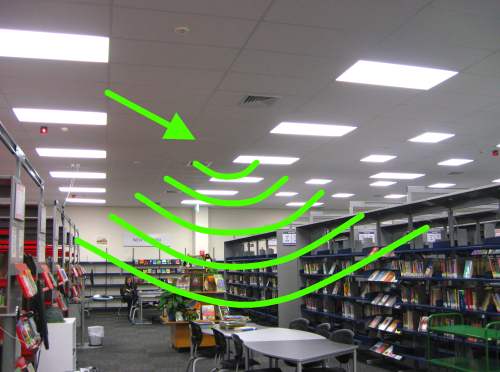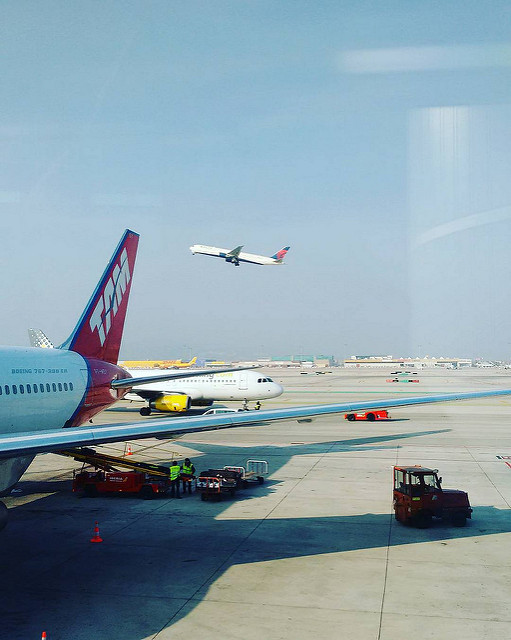We wondered through the streets of Soho on Friday night deep in the middle of the famous London powercut of Black Friday 2016.
Meandering through familiar streets, restaurants and bars lit purely by candlelight, people spilling out over pavements and talking with strangers who had only just met each other – it was quite a sight.
But it also caused a massive spike in the use of mobile data networks, perhaps people all wanting to tweet the news of the lack of juice in the lamp-posts? More likely, suddenly users realised they weren’t connected to their local, regular Wi-Fi networks in their pubs, offices and neighbourhoods.
Have you considered what happens to your users when the power goes out? How important is access to your internet connection both wired and wireless? Can your support or customer service department afford to have the downtime?
These are all questions we ask when planning new Wi-Fi network installations in London, Cardiff and Hampshire, helping our users to understand the resilience of their networks and which bits are truly vital for 24hr a day operation.
For a business of any size, it is worth considering where you need to ensure the power never goes out, and additionally where it would be quite nice to be disconnected for a few hours.


